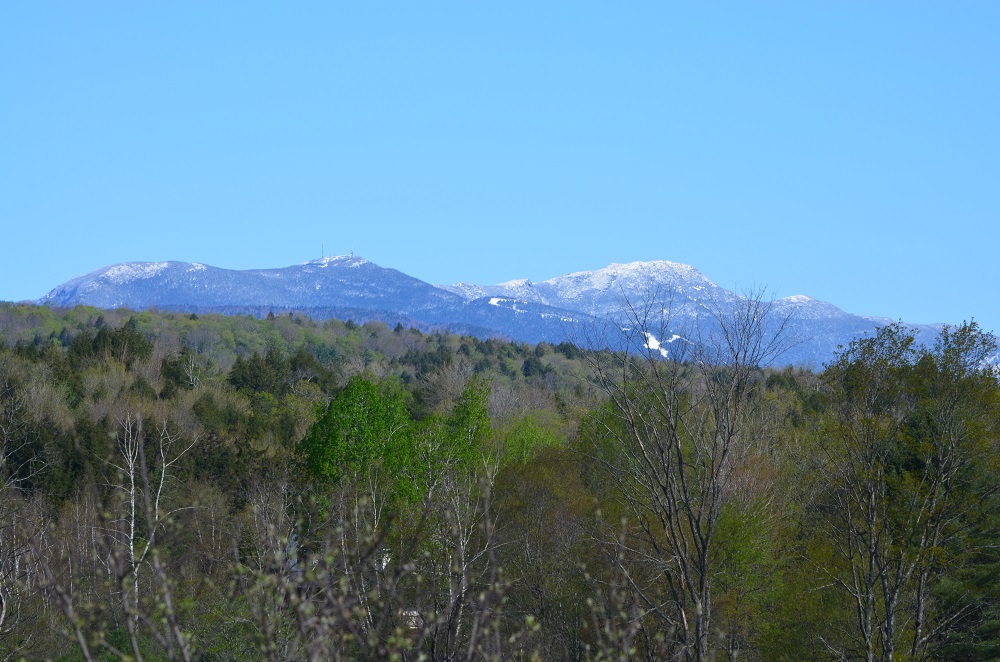“And all at once summer collapsed into fall…” Oscar Wilde
Fall is finally here. The days are shorter and the temperatures are dropping. The high mountain summits are already full of snow and ice, and before we know, it lower elevations will be too. With the change of the seasons, we need to remember that the Ten Essentials and HikeSafe become even more important for a successful, fun hiking experience.
With the beautiful colors and the crisp, clear air, fall can be a wonderful time to enjoy the outdoors, but those colorful leaves quickly fall to the ground, covering the once obvious trail. Be prepared for your trip by becoming familiar with the terrain and carrying a map.
Fallen leaves not only make the trail more difficult to follow, but rocks and roots become hidden, ankle twisting, tripping hazards. Remember to take care as you make your way through the leaf coverage.

Recent rain has left the trail saturated and water crossings high. Please stay on trail and avoid treading on the surrounding terrain. While everyone associates mud season with spring, there is also a short mud season in the fall as the ground starts to freeze but still has frequent thaws. If you need to ford a water crossing, make sure to unclip your pack, keep your shoes on, and face upstream. There is no shame in turning around if conditions don’t allow for easy passage!

With fewer daylight hours available, starting adventures early will help make the most of your time. Don’t forget that headlamps are also crucial in case your trip unexpectedly keeps you out past sunset.
Although there may be sun and warmth in the valleys, the higher peaks commonly have winter conditions in late fall, so extra layers are critical. Extra jackets, hats, and gloves will make the cold, windy summits a more enjoyable and safe experience.
MICROspikes are also necessary when the higher elevations become ice covered. It may be easy to go up icy trails, but descending can be treacherous. Having the extra traction will help you safely make your way back to the trailhead.

And, we can’t forget Vermont’s other favorite fall pastime: Hunting! All land crossed by the Long Trail is open to hunting. There are a few precautions that can be taken to increase your safety, but wearing blaze orange is essential. Don’t forget to dress your dog in orange as well!
Despite the extra precautions that the fall requires, we encourage everyone to join the adventure and enjoy the season!
This article was originally posted in October 2018 and has been updated for 2019.



















Hi, Amy!This is such a useful article! Some of these tips need to be repeated not only to begginer hikers but to experienced ones. You can never be too safe!
Great information and love the pics of the dogs with their colorful scarves!
Thank you for sharing this article. My very first hiking was in a tropical country. I realized there is no difference between hiking during winter or fall. Just like the snow, the leaves also covers the path that your walking through so you have to be very careful. A guide is needed too.
A few Zip-ties (cable ties) should always be carried with Micro Spikes. It is awful to have them break when you need them.